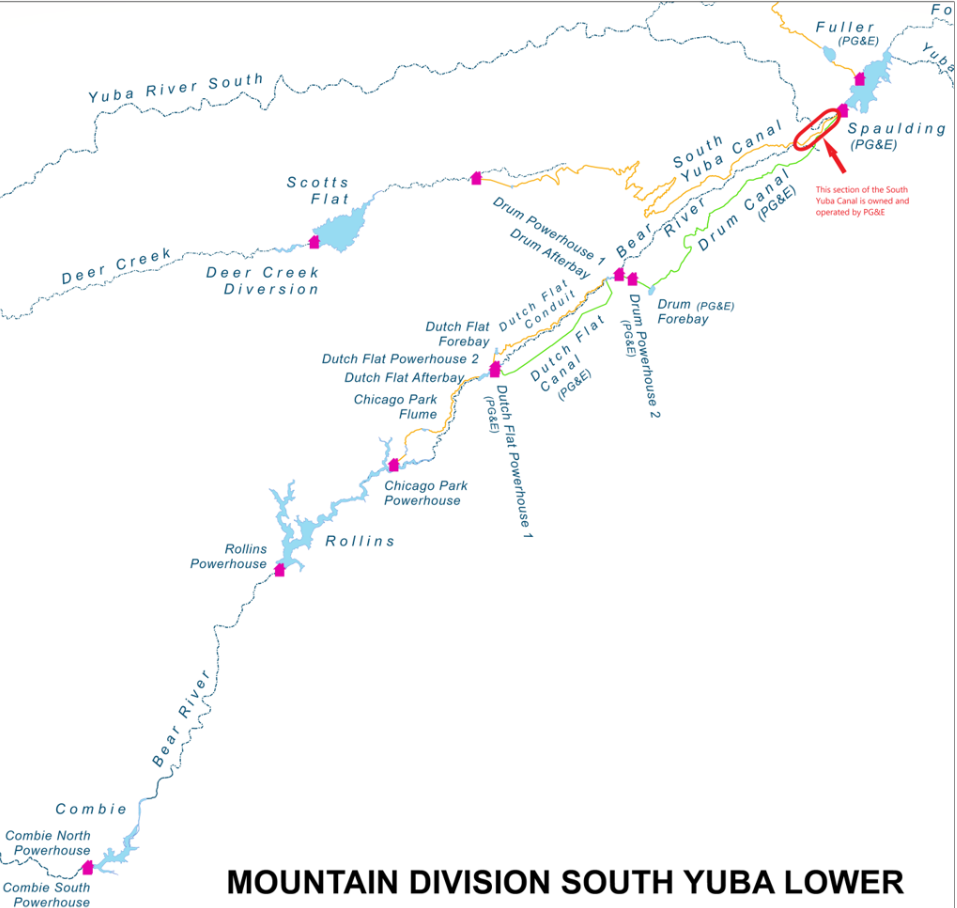SYRCL Partners with NUHS to Remove Scotch Broom
If you’ve walked a trail in the Yuba Watershed it is likely you’ve passed by a common invasive species known as Scotch Broom. This plant, recognizable by its tall, bushy branches, resembles the end of a witch’s broom. It has proliferated in the Sierra Foothills for more than a century, originally brought here from Europe in the 1850s to serve as an ornamental plant. Scotch Broom can reach up to ten feet high, growing a tree-like trunk that can be intensely difficult to remove. It spreads quickly, preferring soil disturbance events such as fire or clearing. Scotch broom displaces native plants including tree seedlings. The seeds are poisonous to ungulates if eaten in excess and the mature plant offers little nutrients for other wildlife. Scotch broom is also highly flammable making it dangerous during dry summers and seasons of drought.
This plant covers over 700,000 acres in central to northwest California and the Sierra Nevada Foothills and is a prime target for SYRCL’s restoration team in the Yuba Watershed. It’s not an easy plant to remove, and on Wednesday, March 2nd, a group of 20 Juniors and Seniors from Nevada Union High School’s AP Environmental Science Course learned the value and challenge of removing invasive species. Targeting South Yuba River State Park at Bridgeport, the teens descended upon Kneebone Beach carrying weed wrenches, loppers, and work gloves. While trying not to trample newly sprung wildflowers or touch poison oak, these students and their teacher, Chris Buti, worked in groups of two or three to combat the invasive Scotch Broom.
Scotch Broom can sprout from the roots if not removed properly, so it was necessary to use the weed wrenches to pull each plant entirely from the ground. Scotch Broom seeds, also grow well under disturbance, so after each plant was removed the soil had to be settled. Then students used the loppers to cut the plant into small pieces. Scotch Broom decomposes quickly, so these cuttings would become compost for the growing grass, wildflowers, and tree seedlings left by the plant’s removal. With the instruction of State Park’s Dan Lubin and Anna Van Zuuk, and SYRCL’s Americorps Restoration Coordinator, Cordi Craig, and River Education Coordinator, Heather Kallevig, the group was able to clear a 200 square meter section of the beach in 90 minutes.
SYRCL’s next Scotch Broom Restoration Project will be open to the public on Saturday, March 26th from 9am to 2pm. SYRCL will partner with the Fire Safe Council to remove Scotch Broom along the Independence Trail West trailhead at the California State Park. For more information visit the Scotch Broom Challenge.
References:
Gabriola Land and Trails Trust
California Invasive Plant Council
SYRCL would like to thank the National Environmental Education Foundation and Toyota for their support of this event.


Did you enjoy this post?
Get new SYRCL articles delivered to your inbox by subscribing to our ENews.





